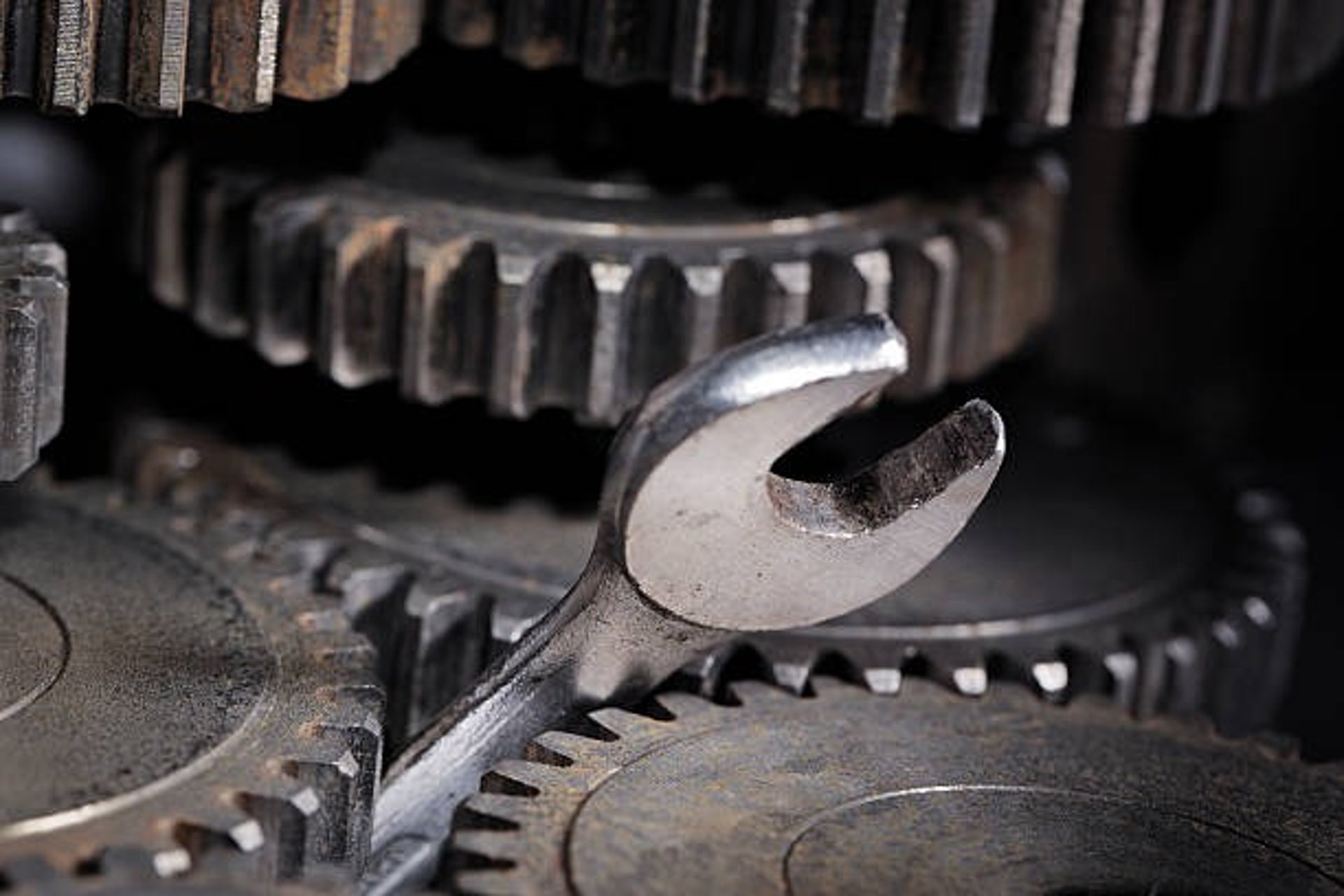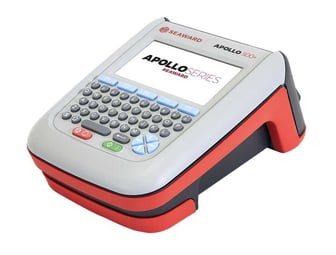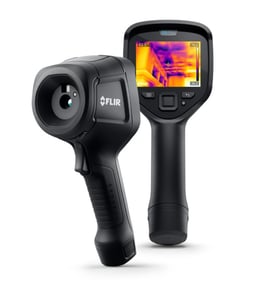With over 38 years of maintenance experience, I have honed my expertise in pressure systems, specializing in steam plants, pneumatics, and hydraulics. Throughout my career, I have been dedicated to optimizing the efficiency and reliability of industrial equipment. One of my key accomplishments has been the successful implementation of reliability-centered maintenance programs. These programs have significantly enhanced uptime rates, improved yields, and reduced maintenance costs for various businesses. My comprehensive understanding of maintenance strategies and commitment to excellence have consistently contributed to the smooth and efficient operation of industrial systems.
My Background

Reliability Centered Maintenance (RCM) is a structured approach to maintenance that focuses on identifying and preventing potential failure modes, ensuring equipment and systems operate reliably and efficiently. It aims to optimize maintenance strategies by balancing cost-effectiveness, safety, and reliability.
WHAT EXACTLY IS RELIABILITY CENTERED MAINTENANCE?
Here's a more detailed explanation:
Key Principles of RCM:
Focus on Functions:
RCM prioritizes maintaining the intended functions of assets, rather than just fixing individual components.
Systematic Approach:
It uses a logical, structured process to identify failure modes, their causes, and potential consequences.
Failure Analysis:
RCM analyzes potential failure modes, their effects, and criticality to determine the most appropriate maintenance strategies.
Optimal Maintenance Strategies:
It combines reactive, preventive, predictive, and condition-based maintenance to achieve the best balance of reliability and cost.
Cost-Effective Maintenance:
RCM aims to minimize maintenance costs by preventing failures and optimizing maintenance tasks.
Benefits of RCM:
Reduced Downtime:
By proactively addressing potential failure modes, RCM minimizes unexpected downtime and improves operational efficiency.
Improved Asset Reliability:
RCM enhances the reliability of critical assets, ensuring they perform their intended functions consistently.
Cost Savings:
By optimizing maintenance strategies, RCM can lead to significant cost reductions in materials, labor, and equipment downtime.
Enhanced Safety:
RCM helps identify and mitigate safety hazards associated with equipment failures, improving overall safety and reducing the risk of incidents.
Increased Productivity:
By reducing downtime and improving asset reliability, RCM can boost productivity and overall output.
RCM in Action:
RCM can be applied to various industries and assets, including:
Manufacturing:
Optimizing maintenance for critical machinery and production equipment.
Utilities:
Ensuring the reliability of power generation, distribution, and transmission systems.
Transportation:
Maintaining the reliability of vehicles, trains, and other transportation assets.
Buildings and Infrastructure:
Optimizing maintenance for building systems, HVAC, and other infrastructure components.
In essence, RCM is a comprehensive approach to maintenance that focuses on preventing failures, optimizing costs, and ensuring the reliability of critical assets, ultimately leading to improved operational efficiency and safety.

PAT TESTING


We offer competitive rates for PAT testing quantities. As site conditions can vary, we provide customized services to specific needs. For instance, offices testing may need to be conducted outside of normal working hours, while certain items may need to tested during regular working hours. Therefore, it preferable to provide a quote based on your particular needs.
Our special offer for landlords and contractors is detailed below
First 10 items
£45, with travel included for local businesses within 5 miles of Stourbridge.
Portable appliance testing (PAT) is the process of checking electrical appliances for safety through a series of visual inspections and electronic tests. It's commonly used in workplaces, schools, and other environments where electrical appliances are used regularly.
Here's what PAT Testing involves:
Visual inspection: This checks for damage to cables, plugs, and the appliance itself, looking for signs of wear, tear, or overheating.
Electrical tests: These tests measure the insulation resistance of the appliance, as well as the earth continuity (grounding) and polarity. Faults in these areas can lead to electric shock or fire.
Recording and labelling: Appliances that pass the tests are labelled with a tag showing the date of the test and the next test due date. Failed appliances are tagged and removed from use until they are repaired or replaced.
Here are some key things to know about PAT:
Not mandatory but recommended: While not legally required in all countries, PAT is strongly recommended by safety organizations to help prevent electrical accidents.
Frequency depends on risk: The frequency of PAT testing depends on the type of appliance, its environment, and how often it's used. High-risk appliances, like power tools, might need testing weekly or monthly, while low-risk ones, like kettles, might only need testing every year.
Provides peace of mind: Regular PAT testing helps ensure the safety of electrical appliances, reducing the risk of accidents and protecting people and property.
For More information on Pat testing and its FAQs, please visit this link.
PAT (Portable appliance testing) - HSE's answers to popular questions


What is Thermography?
Thermography, also known as infrared thermography (IRT), thermal imaging, and thermal video, is a technique that uses thermal cameras to detect heat patterns and variations. Our camera detects infrared radiation, which is a type of electromagnetic energy emitted by all objects with a temperature above absolute zero. The amount of infrared radiation emitted by an object is directly related to its temperature, so thermography can be used to create images that show temperature differences.
Thermography can be used to inspect buildings for leaks, insulation problems, and other defects. It can also be used to monitor the health of electrical and mechanical equipment. Infrared thermography is a non-invasive technique that measures mid to long-wave infrared radiation emanating from all objects and converts this to temperature.
Thermographic surveys
We offer ½ day rates and full day rates depending on the time spent doing the survey. Contact us for details.





